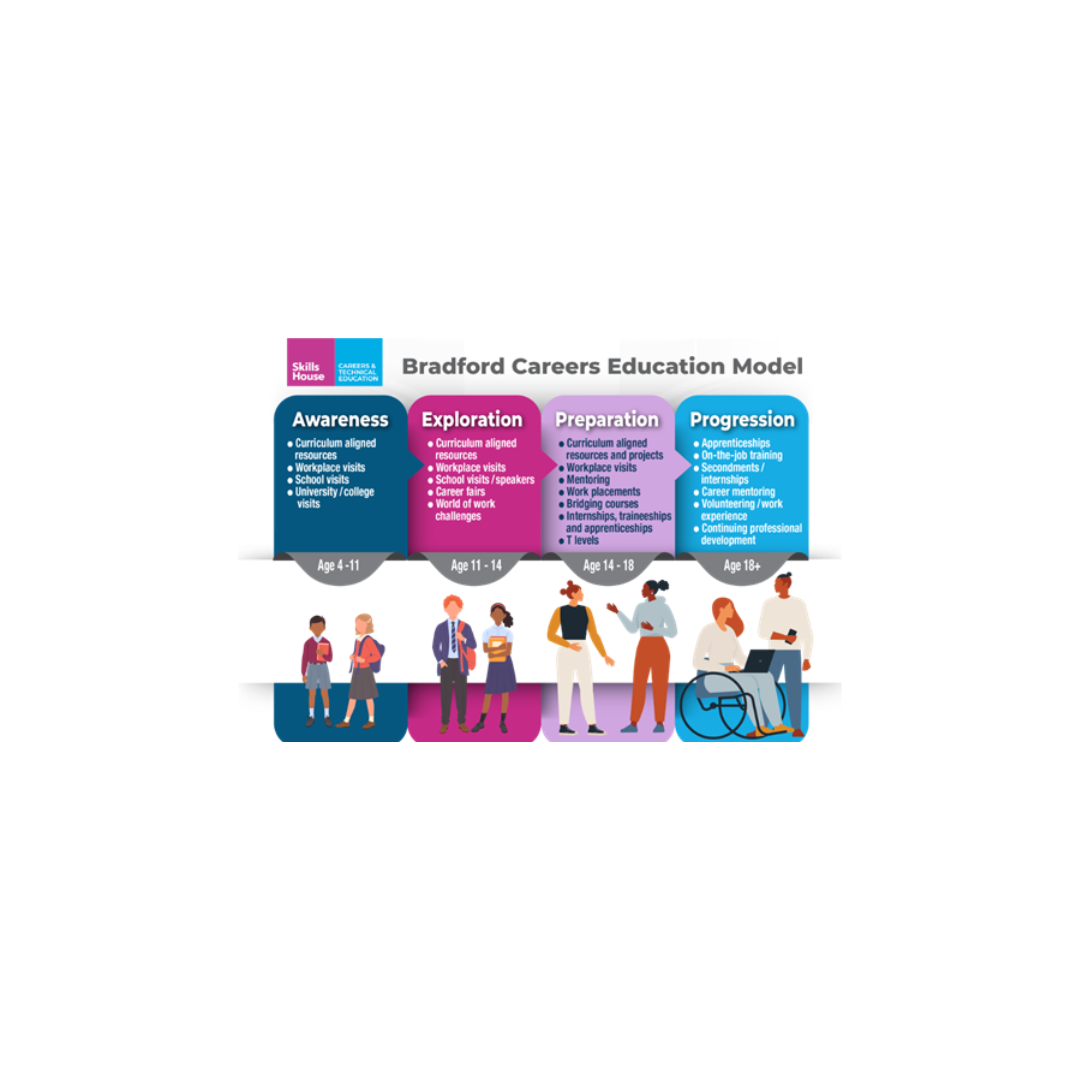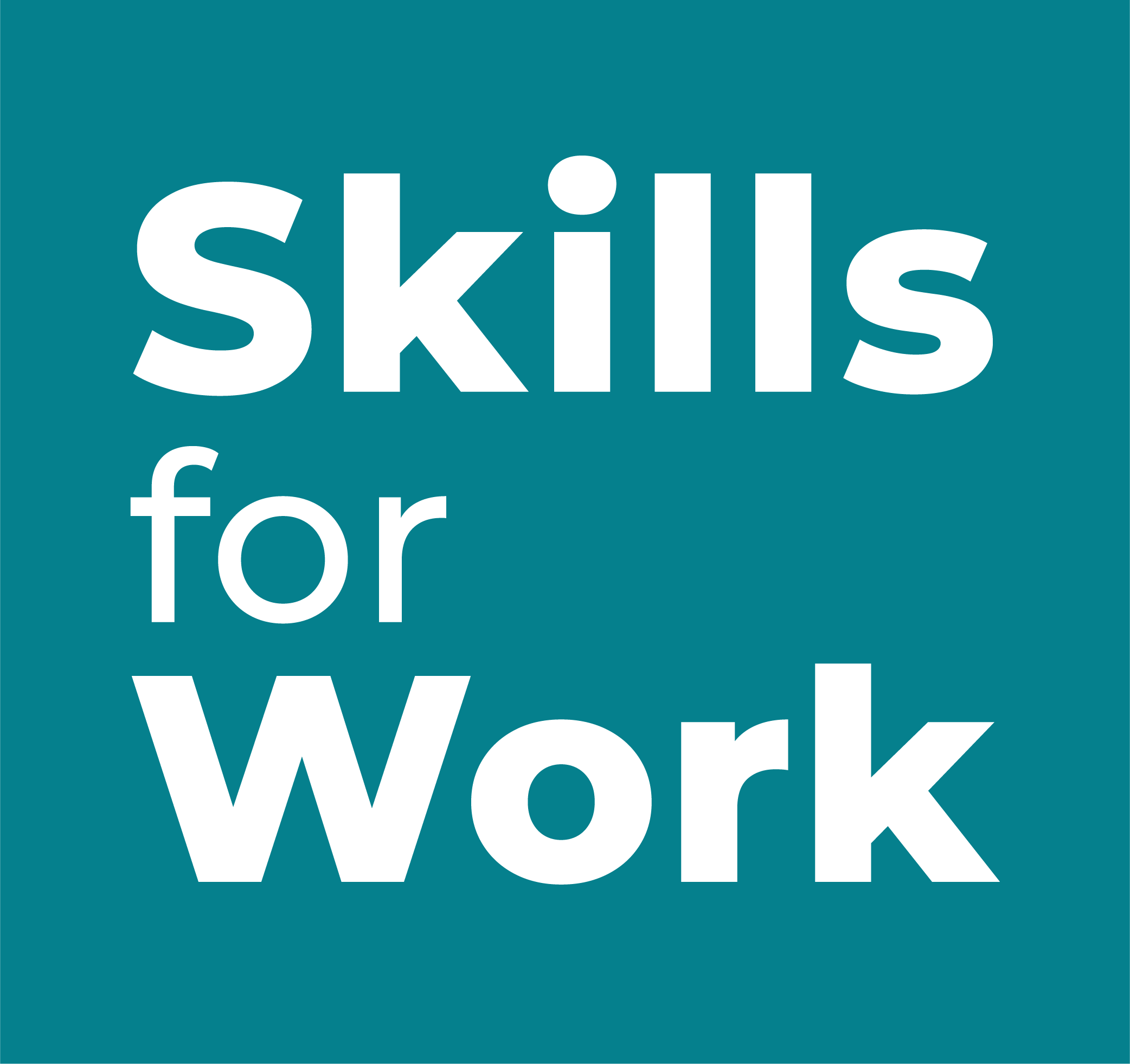
Bradford's Approach
Bradfords approach to careers education is designed around a flexible four-stage model that effectively addresses the unique needs of children, young people, and adults as they navigate the education system and transition into the workforce. This model recognises that everyone's journey is distinct and may not follow a linear path.
By adopting this framework, we can collectively provide tailored support that empowers students to explore their interests, develop essential skills, and make informed decisions at every stage of their career journey. This adaptable approach encourages lifelong learning and fosters personal growth, ensuring that all learners are equipped to thrive in an ever-changing job market. Together, we can create a dynamic and responsive careers education environment that meets the diverse needs of our students.

The Careers Education Model
Students aged 4-11 - Awareness of Careers
- Curriculum aligned resources
- Workplace visits
- School visits
- University/college visits
Students aged 11-14 - Exploration of Careers
- Curriculum aligned resources
- Workplace visits
- School visits/speakers
- Careers fairs
- Competitions
Students aged 14-18 - Preparation for Careers
- Curriculum aligned resources and projects
- Workplace visits
- Mentoring
- Work placements
- Bridging courses
- Workplace credentials
- Careers fairs
- Traineeships/apprenticeships
Adults aged 18+ - Progression to Careers
- Apprenticeships
- On the job training
- Secondments
- Career mentoring
- Continuing professional development


